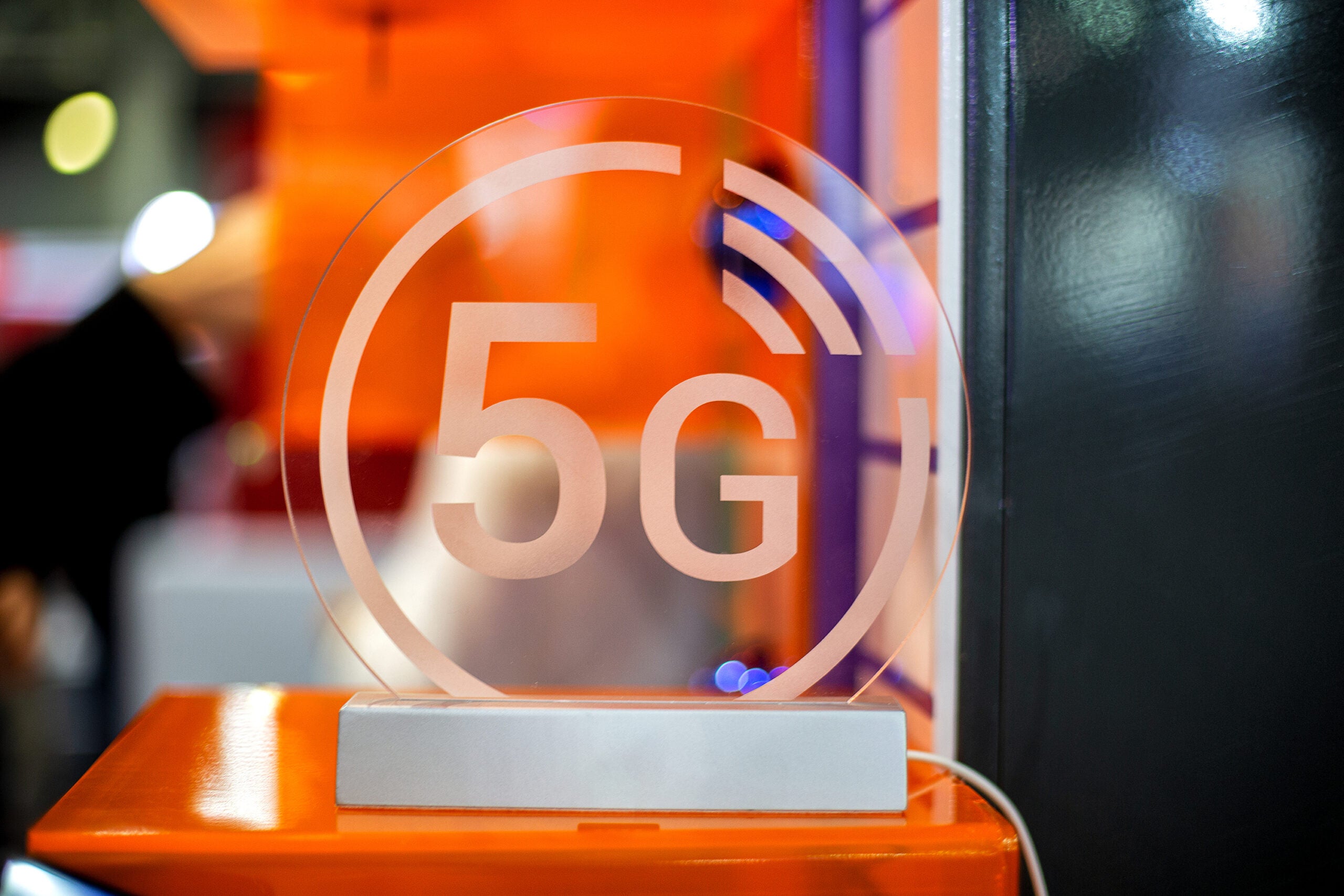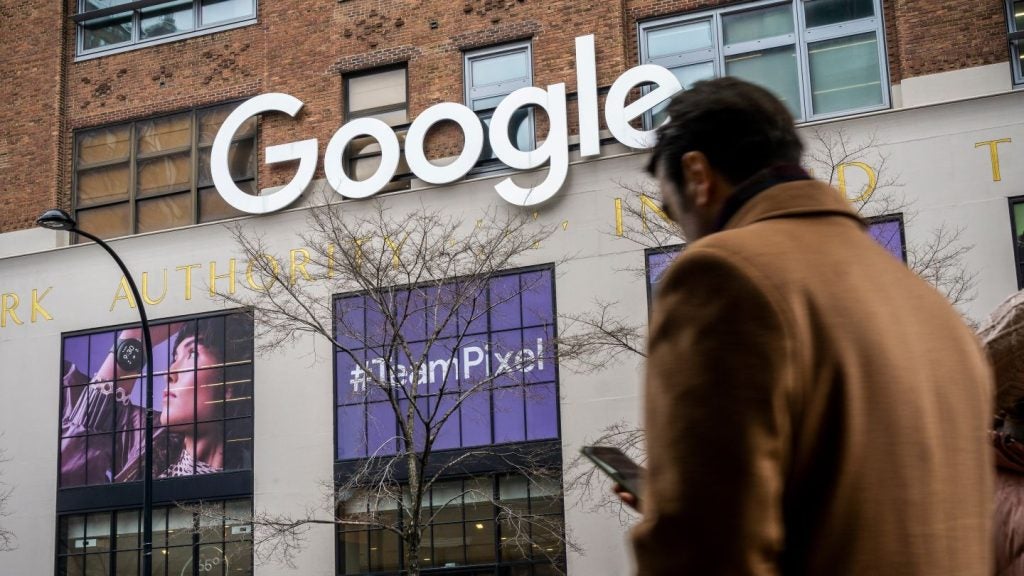Huawei hosted a Better World Summit recently in Dubai, that brought together telecom operators from around the world to share insights and discuss ways to achieve the objectives of 5G next-gen networks with environmental sustainability and reaching Net-Zero emissions.
Unlike predecessor technology, 5G is at least 10x faster at launch, unlocks many new use cases from edge computing and network slicing, to scaled IoT deployments not possible with 4G. GlobalData expects 5G services to exceed $USD 640 billion by 2026 and penetration will exceed 50 per cent.
There is a paradox. The rise in data traffic is increasing energy costs and carbon emissions. For example, if the average data traffic, per user, per month reaches 630 Gigabytes by 2030 (industry estimates) and if network efficiency stays the same, then the average power consumption from networks will also increase by at least 10-fold. This runs counter to the goals of the GSMA for Net-Zero by 2040 as well as many individual MNOs with their own ESG targets, often more ambitious than industry targets.
Huawei highlights need to build greener 5G networks
To cut the ICT industry’s greenhouse gas emissions by 45%, Huawei highlighted the need to pursue ongoing innovations in power supply, distribution, use, and management to build greener 5G networks with higher performance and lower energy consumption.
With that in mind, Huawei introduced several solutions at the carrier summit. These included GreenSite and PowerStar2.0 which collectively help operators design low carbon 5G networks from the on-set. Besides some enhancements, such as antenna technology and cooling (including the use of renewables), GreenSite, for example, also allows power supply to be adjusted to the real-time traffic loads to improve energy efficiency. It also can schedule power resources at the most optimal time from the grid and adjusts temperature control.
Huawei also announced improvements to its PowerStar base station product which it debuted in 2018. This solution is now using more network intelligence and connected telemetry to better forecast 5G traffic to their base stations, based on time of day, or other external factors, to dynamically set the appropriate thresholds in real-time at intervals of milliseconds. This can range from extending sleep windows for inactive sites to amplifying base station components, to maximize energy efficiency for a point of time continuously without compromising performance or user experience.
Other modules allow operators to set their own carbon reduction targets with the network performing autonomously to meet pre-defined KPI objectives. Addressing energy efficiency in base stations is very important too. At the event, Orange highlights that 64% of its total energy costs (including buildings and fleets) comes from here.
The drive to Net-Zero
To support the surge in 5G traffic and solve for Net-Zero emissions, the event provided a platform for how operators can use technology innovation in network infrastructure to address energy efficiency more holistically from the generation, transport, distribution, and consumption of power.
While individual products are becoming more energy efficient, the major gains come as grids become smarter, hyper-connected, and integrated with and wireless networks. Traditional electric power grids transmit electricity in one-way only and share no data with outside networks. CSPs will use AI, network intelligence and IoT in smart grids to meet their carbon emission targets.
The convergence of mobile network and power grids is inevitable for telecoms, but also multiple areas from manufacturing to smart buildings, to deliver a circular economy.








